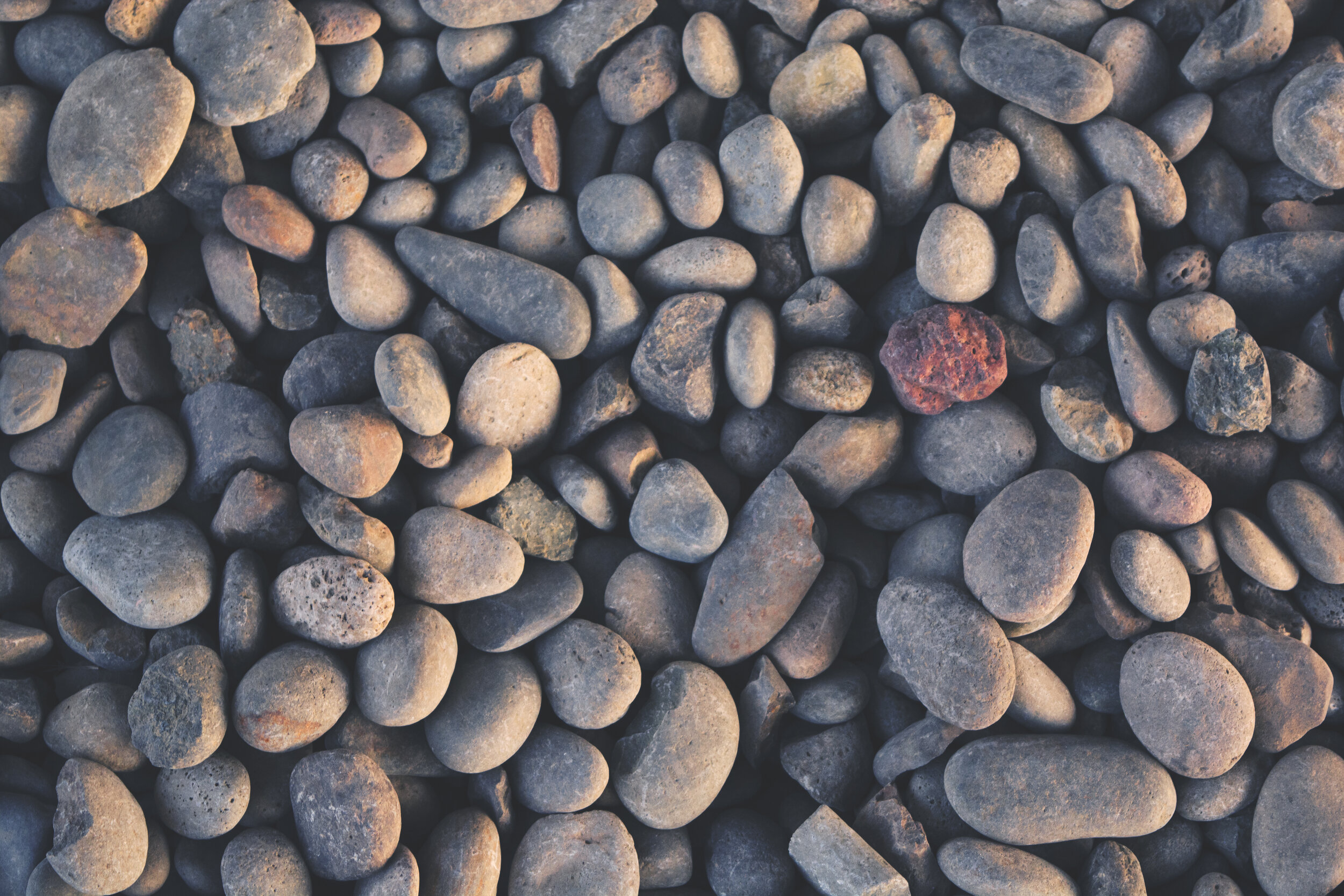Lecture: Rocks and minerals
In this exercise the students get to work on skills in Natural science, Computer science and English while looking at and describing different rocks and minerals in BetterGeo and in real life. The exercise is made up of two parts in different steps, which can be found below.
What do you need?
One computer for every two students. The computer needs to have BetterGeo and the ResetMap-mod (see installation guide). A special map is made for this exercise, which can be found through a link: link.
A set of rocks and minerals (gneiss, gabbro, limestone, garnet, sphalerite, feldspar) for each group
A nail or something metal to scratch rocks with
A porcelain streak plate or a porcelain fuse to look at the mineral’s streak color
Colouring pencils
Instruction papers for the students, can be downloaded here.
Age and class size?
The exercise is appropriate for ages 8-11. Class size depends on the experience of the class using Minecraft on computers. A smaller class, up to 8 groups, are recommended for inexperienced classes.
Time needed?
The exercise takes about 1,5 hours with an inexperienced class, but can be finished quicker if the class is more experienced in using Minecraft on computers as less time will be needed to start up for everyone.
Difficulty level?
Low to medium. Difficulty depends on the experience in the class using Minecraft on computer. Some students struggle with the controls in the beginning. Using instruction tools given at the BetterGeoEdu site is recommended.
Part 1: Playing
Step 1: Preparation
The class is divided into pairs. It is an advantage if one in each group has played Minecraft before. Each group gets a computer, instruction papers and colouring pencils. One person starts to play while the other takes notes.
They change when half the time has gone, so both gets to play. The half-way-point is clearly stated with in-game signs.
Step 2: Rocks in BetterGeo
Start up the computers. The students choose Singleplayer -> Create from template -> Choose exercise Minerals and rocks and write names. They all play alone in a so called ”singleplayer mode”, not together (called multiplayer).
The students start to play in a special map made for the exercise. The map is filled with signs which give instructions. The exercise is made up of different rooms in the game. Each room has a task for the students to do, revolving around minerals and rocks.
The first room is a room filled with gneiss. The students are tasked to look at the rock (which is a block in Minecraft) and write down the name and paint it (color, texture). The students also need to find out how hard the rock is. This is done by using a pickaxe acquired in the starting area and holding down left-click. The students write down the amount of time (seconds) the rock takes to break. The time show an approximation of how hard the rock is. The results can be compared later.
When the students are done with the first room they continue to the next room through a door. The first three rooms are filled with rocks where the students get to do the same thing. When the students are done with the first three rooms they arrive to a staircase in the game, this marks the half-way-point and the end of step 2.
Step 3: Minerals in BetterGeo
When the students have done step 2 they switch players so the one who were writing gets to play and vice versa. This is indicated with a sign in the game.
To get to the first room in step 3 the students need to answer a question in the game. The question is about the rocks they just saw. The first question is ”is gneiss striped?”. The answers are above two doors, choosing the right door leads to the next room. To open a door the students need to use their pickaxe to pick their way through the door. This is to slow down guessing. Picking through the wrong door leads to an empty room with a sign saying to try the other door.
When the students have chosen the right door they are presented with a mineral in a display case. The students write down the name of the mineral and paint it.
When done the students continue to the next room with questions in the same way as before. There are three minerals in total to find.
Step 4: Free to play
When done with the three rocks and three minerals the students gets to play freely until everyone is done. When exiting the last room they are taken to a free-to-play area in the game. If they want, they can do tasks given in signs. When everyone is done, proceed to step 5.
Part 2: Identify minerals and rocks in real life
Step 5: Preparation
The computers are taken away for part two. The instruction papers with the students notes are kept for the exercise. Prepare sets of rocks and minerals for each group. For step 6 every group gets a set of three rocks and a nail (or something to scratch test the rocks with). For step 8 the students get a set of three minerals and the porcelain streak plate (or porcelain fuse). A magnifying glass is optional.
Step 6: Rocks in real life
The students get the set of rocks to look at. The task is to identify the rocks using the notes they have from playing the game. The nail can be used to check how hard the rocks is, if it gets scratched it is likely a soft rock. Use gloves or other safety equipment if necessary.
When done ask the students in a plenary session which rock they thought was which. Start with the first rock, gneiss. Ask the students how they identified the rocks.
Step 7: Talk about rocks and their use as raw materials
Step 8: Minerals in real life
The students get the set of minerals to look at. The task is to identify the different minerals using the notes they have from playing the game. The porcelain streak plate can be used to find out which streak color the mineral has. Explain to the students how this can be used to identify minerals. The streak color is not always the same as the color of the mineral itself, but resembles the color of the mineral powder.
When done ask the students in a plenary session which mineral they thought was which. Start with the first mineral, feldspar. Ask the students how they identified the minerals.
Step 9: Talk about minerals and their use as raw materials
Use the links below for knowledge and inspiration to talk about the minerals and what they are used for in real life. If possible, use pictures of real-life objects, such as gems or even objects in the room (for example zinc in steel).
Steg 10: Evaluate the session
Ask the students what they learned, what they will remember from the lesson. Also ask if it was fun to use a game and then look at real things that they saw in the game. You can also ask if they thought the exercise was hard, and if they want to do something similar again.

